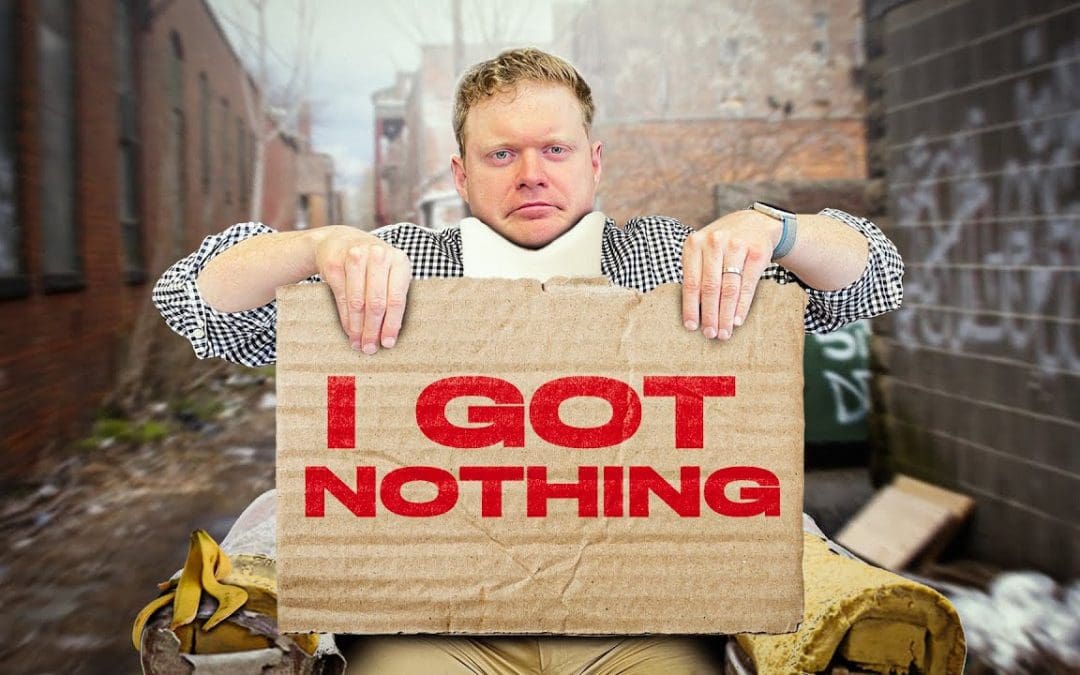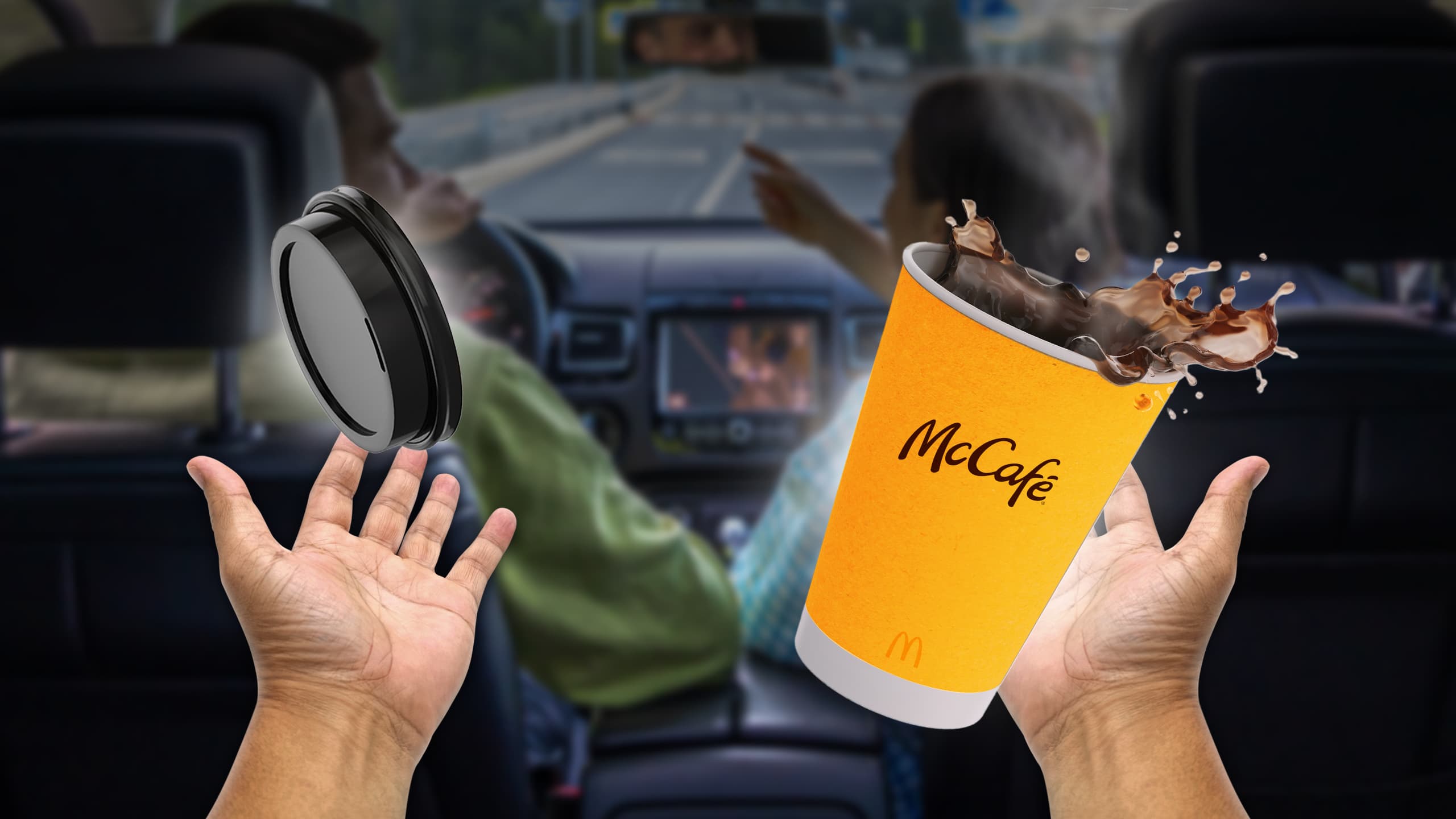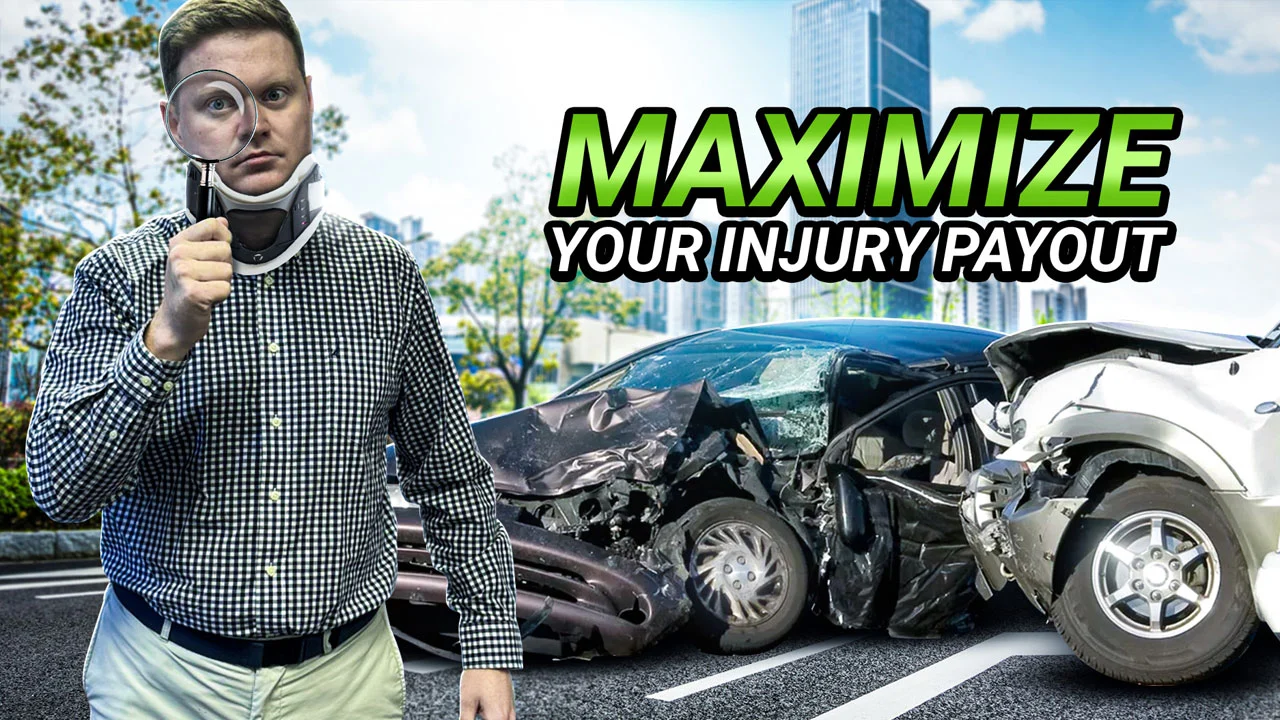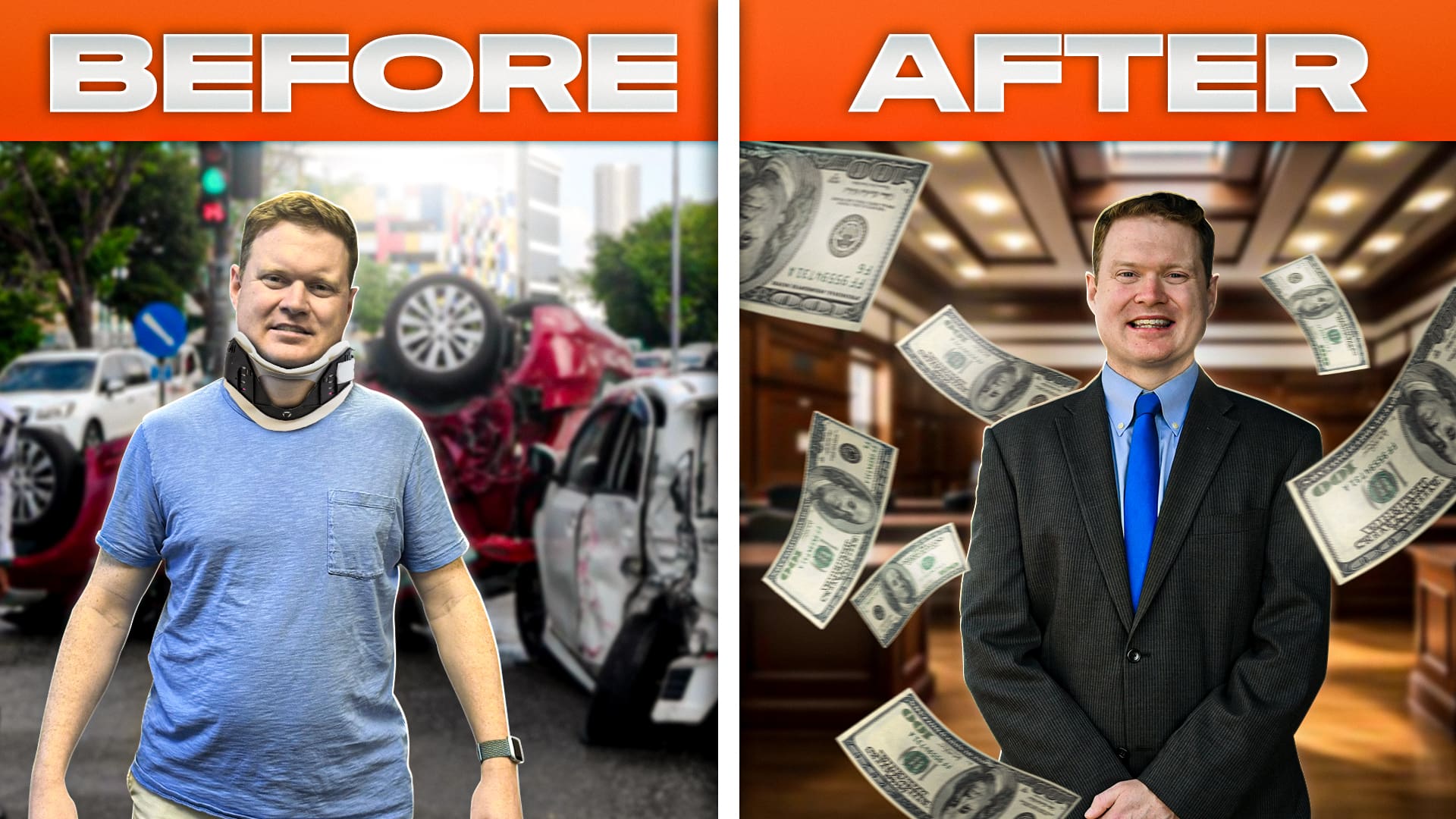If you’ve never handled an injury claim before, you need to know what I’m about to tell you. There are many traps when it comes to the handling of injury claims. In this video, I’ll tell you six traps to avoid that could kill your injury claim.
Trap 1: Missing the Statute of Limitations
The first trap you must avoid is not filing a lawsuit before the statute of limitations runs on your case. A statute of limitations is a law that sets a time limit on your right to bring a lawsuit for your injury claim. The time limit varies depending on the type of claim and the jurisdiction in which your claim must be filed. Once the time limit expires, you are legally barred from ever bringing your claim if you fail to file your lawsuit, meaning you will get zero dollars if you fail to file a lawsuit before the statute of limitations applicable to your case runs.
Importance of Knowing Your Deadline
You don’t want to mess around with your injury claim. Find out what the applicable statute of limitations is on your case as soon as possible. In Kentucky, where I practice law, the statute of limitations on most types of injury claims is only one year from the date of loss. That may seem like a lot of time, but it’s not; oftentimes there are many steps that must be completed before you can even try to get a fair settlement for your claim. So be sure to file a lawsuit before the statute of limitations on your claim runs out.
Trap 2: Starting with a Low Settlement Demand
The second trap to avoid is starting settlement negotiations with a low settlement demand offer. Do not sell your claim short. How much you start off with your initial demand offer is a crucial decision in the handling of your case. For many of my clients, I start with a demand for insurance policy limits. However, every case is different. If you are making an initial demand for a specific dollar amount, I highly recommend that you start your initial demand for an amount that well exceeds the value of your case. The insurance company’s first offer to you in response to your demand will be below the amount they are willing to offer you for your case if you negotiate further, except in the situation where the insurance company goes ahead and offers you their insurer’s policy limits.
Trap 3: Accepting the Initial Offer
The third trap to avoid is accepting the initial offer made by the insurance company. It’s been my experience that the initial offer made by the insurance company is not going to be what they want it to be, but it doesn’t have anything to do with the amount they are willing to offer you. Only an initial demand result is going to subject me to an offer made by the insurance company if I’m dealing at least 50% of that amount.
Trap 4: Not Preserving Your Underinsured Motorist Claim
The fourth trap is not preserving your underinsured motorist claim. Underinsured motorist coverage, also known as UIM coverage, is optional insurance coverage that you can get on your automobile insurance policy, which you can use to pursue a claim for your damages if the at-fault driver in your motor vehicle accident does not have enough insurance coverage to cover your damages. Many states, including Kentucky where I practice, have strict laws one must follow to even be allowed to pursue your underinsured motorist claim.
Preserving Your UIM Claim
For instance, in Kentucky, you must provide written notice to the UIM carrier of your intention to accept a policy limit offer from the at-fault driver’s insurance company and give the UIM carrier 30 days to decide if they wish to front the limits offer so that they can preserve a claim against the at-fault driver. If you fail to follow this procedure, your UIM claim may be barred. So it’s important to know how to properly preserve your UIM claim in your state.
Trap 5: Not Investigating All Available Insurance Coverage
The fifth trap to avoid is not investigating all available insurance coverage for your claim. There could be several insurance policies that apply to your case that would pay you for your damages. For instance, if you are a passenger injured in a car accident in Kentucky, you might be able to pursue a claim against all driver’s insurance policies for any driver in Kentucky if you’re not driving well and it could be shown may have some liability for the accident. Also, using that same example, say as a passenger in the vehicle involved in a car accident in Kentucky, you also reside with a relative, say your mom or dad. If your mom or dad has an automobile insurance policy for a vehicle that has uninsured or underinsured motorist coverage on the policy, you may be entitled to pursue a claim under that insurance policy.
Trap 6: Not Hiring Necessary Experts
The sixth trap a rookie might make is not hiring the necessary experts. In some cases, it’s necessary to have an expert in your case, or the court might dismiss your case before you even get to go to trial. In slip and fall or trip and fall cases, for example, it is often necessary that you hire an expert who can testify how a defective condition at the property owner’s location where you fell failed to remedy or properly inspect for caused your fall. If you don’t retain this expert, a court very well may dismiss your case before even going to trial. Even in some car accident cases, it may be necessary to retain an expert, whether it be a medical expert or an accident reconstruction expert to prove the other driver was at fault for the accident. If you hire an attorney, they will likely retain the expert for you and pay for the expert as a cost to the case.
Conclusion
Simply avoiding the rookie mistakes I’ve outlined in this video can help, but that alone won’t get you the maximum settlement possible for your case. To get a maximum settlement in your case, there are certain strategies you can use to get the most amount possible for your settlement. And in this video here, I’ll show you several tips you can use to maximize your injury claim settlement. Lastly, if you’ve been injured in a car accident or slip and fall in Kentucky, remember: don’t wait; call Tate.








Recent Comments